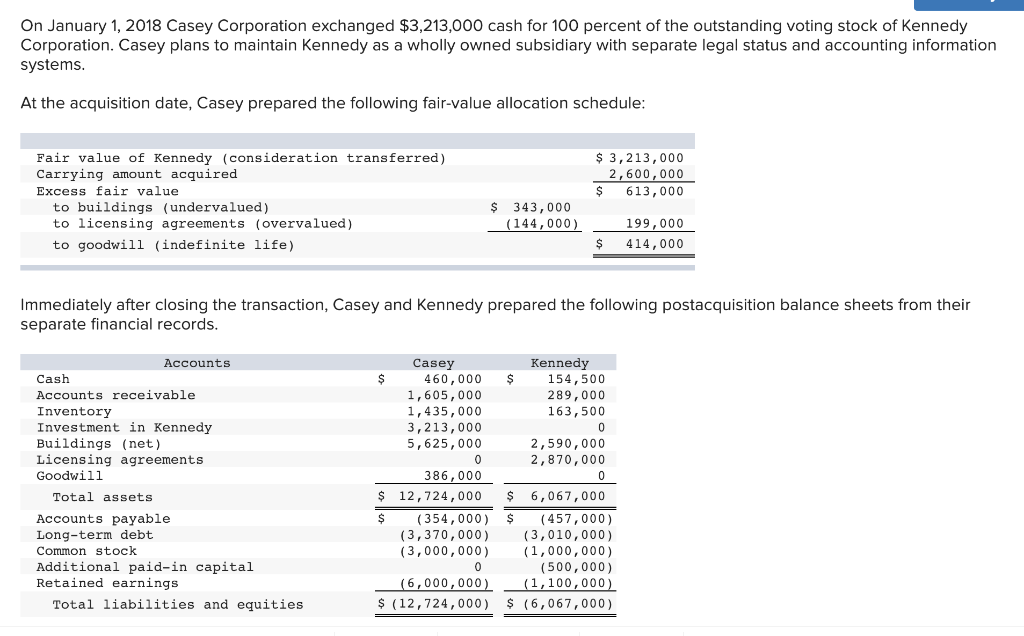Content

The software was purchased and implementation was quickly put on track to enable production over the next several months. Imagine what would happen if the keys, lock and code for a nuclear weapons system were all in the hands of one person!
- Manage your cybersecurity reputation as a third-party in a collaborative and efficient manner that supports your customer relationships as well as your business goals.
- We would create a spreadsheet with process as the first Y axis category.
- Data processors may be the internal groups that maintain and process personal data records or any outsourcing firm that performs all or part of those activities.
- Even if your organization hires a third-party group to oversee your separation of duties plan, you should have a few people who review the work of this third-party group on a regular basis.
- The daily estimate of the bytes collected by Data Controllers the world overruns into more zeros than one can count.
Think of dual control as the act of requiring two individuals with two different keys to unlock the launch codes for a nuclear missile. You certainly wouldn’t want all that responsibility resting on the shoulders of just one person with no oversight in place.The same can be said for the management of your encryption keys. In the physical world, as a society, we have surmounted this problem already. One may use the bank’s premises to keep valuable belongings – just like one may use the cloud to store valuable business data. But when one rents a safe deposit box, they also have the option to lock it and bring a key back with them – thus preventing unauthorized access. This simple concept is called a Separation of Duties or a Segregation of Duties . It is a risk management and security measure that ensures no two parties can perform the same part of a critical process or function.
The Ultimate Manual For Separation of Duties
Take, for instance, an IT worker (“wearer of many hats”) at a very small company. Privilege separation complements the security principle of least privilege , which mandates that users, accounts, and computing processes only have the minimal rights and access to resources that they absolutely https://online-accounting.net/ need. Support GDPR requirements to ensure personal data is accounted for, protected, and processed correctly. According to GDPR, organizations, whether they are the controller or processor of personal information, are held liable for the loss of any personal data they collect.
- Subsequently, a second system administrator grants access privileges to the new hire.
- These requirements apply only to those Information Systems categorized as MODERATE risk in the context of FIPS Publication 199.
- One caveat being, certain privileged roles can create or modify other user privileges.
- Network configuration management is the process of organizing and maintaining information about all of the components in a …
- Proper security controls need to be established when designing an organization’s public key infrastructure .
- For any business, understanding the way your IT systems overlap and interlink can be complex.
Moreover, setting net access policies in many applications allows the right people with the proper access to be authorized, making it easier to separate tasks. You are responsible for the management of several key systems within your organization. You assign the task of reviewing the system logs to two different people.
Application in general business and in accounting
If the hackers are able to steal the credentials of one of these powerful team members, they could take full advantage of their newfound access, doing significant damage to the network and stealing significant amounts of sensitive data. Without an SoD plan in place, members of the security team may have access to the network without any checks and balances from other team members. Within an SoD plan, at least two team members should always have oversight of the system.
End users cannot access or modify production data, except through an appropriate administrative application. Software developers, contractors, and third-party vendors cannot access production systems, database management systems, or system-level technologies.
Using IT Security Controls to Implement Separation of Duties
In the rest of this post, we explore how a small business can approach separation of duties. Means that at least two people should be required to authenticate before performing critical key management tasks. An SoD violation The key to data security: Separation of duties occurs when an employee abuses their role and access — usually deliberately — to perform a prohibited action. The prohibition may be in place due to internal company policy or an external industry regulation.
The three core controls should always be used when storing or transferring encrypted sensitive data. A certified, hardened security module designed to secure data encryption keys and key, or master, encryption keys should implement these controls into the administration of the key manager. NIST FIPS validation is an important certification to look for in an encryption key manager.
Common areas for Separation of Duties in IT Organizations include:
Create two user accounts for Administrators and DBAs—one for routine activities such as email and one for activities requiring privileged user access and permissions. Implement separation of duties controls, based on the results of step 3. Implementation should use the principle of least privilege necessary to complete a transaction. The individual responsible for designing and implementing security can’t be the same person as the person responsible for testing security, conducting security audits, or monitoring and reporting on security. Therefore, the individual responsible for information security should not report to the chief information officer. Companies in all sizes understand the importance of not combining roles such as receiving checks , approving write-offs, depositing cash and reconciling bank statements, approving time cards, and having custody of paychecks. Compartmentalization of privileges across various application or system sub-components, tasks, and processes.



